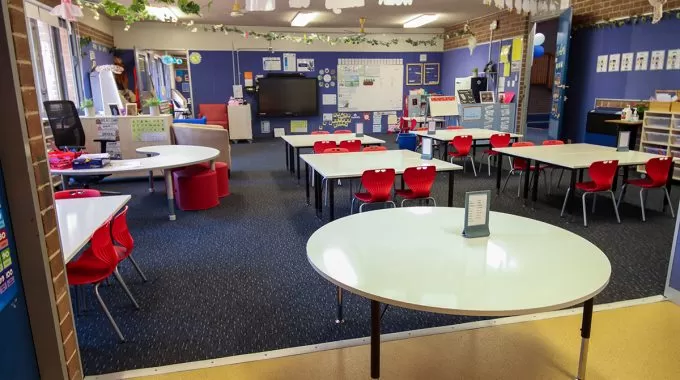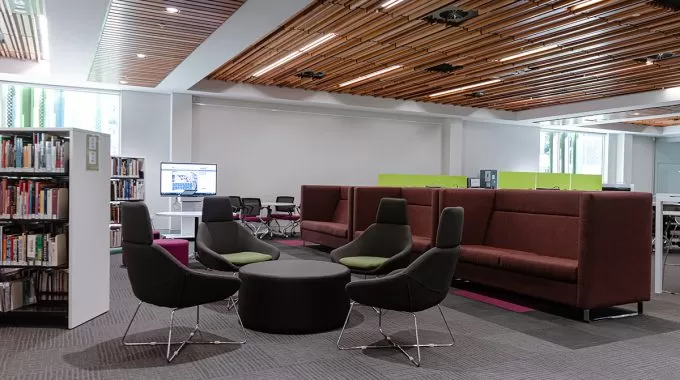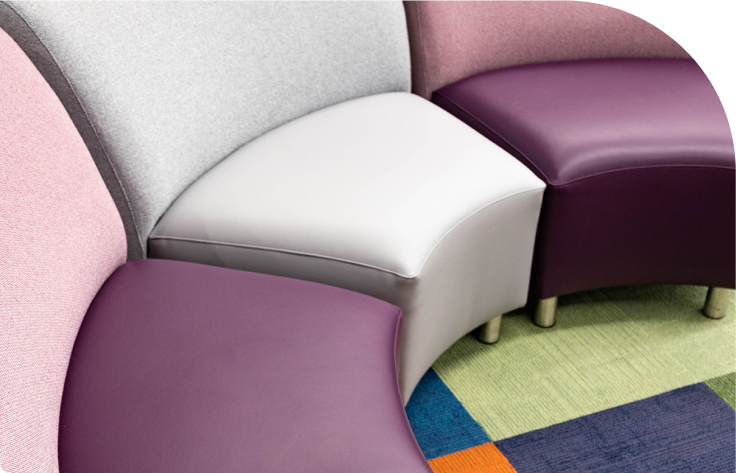Should Kids Get a Say In Their Classroom Designs?
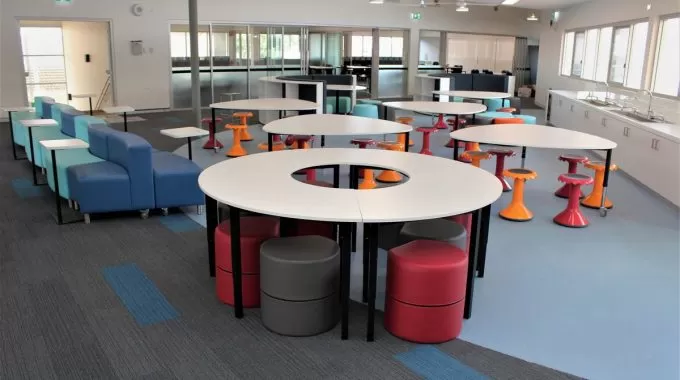
Letting students choose their furniture arrangements might seem risky at first, but the practice develops self-reliance, leading to better outcomes in the long term.
When arranging classroom furniture for the start of a new term, it can be daunting to make a plan which will perfectly address the needs of every student. One way to alleviate this stress is to design a lesson where students and the teacher collaboratively plan for a classroom arrangement that suits everyone. By doing this, the teacher can open up a dialogue with the class, promote autonomous learning and problem solving, and ultimately set the environment for a good term.
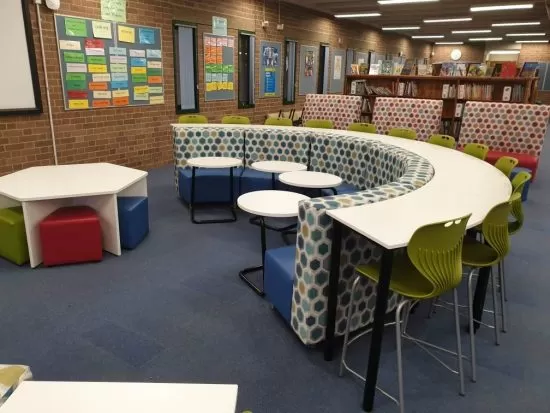
The initial hurdle to clear with this plan is to understand the possibilities and limitations within your own classroom space. Students will likely have outlandish or idealistic plans which can prove impractical – for these situations, the teacher can provide guidance. For younger learners, primary classroom furniture is often designed with multiple modes of learning in mind, so this activity can ingrain good habits of tidiness and self-regulation. This activity can be a good opportunity to let students express themselves and discover how they prefer to learn – perhaps some students who are normally boisterous will show a conscientious side when alone, or the quiet student will open up when seated near peers they trust.
For high school students who are more self-aware and understand their own learning preferences, high school classroom furniture can be arranged to account for each student’s preferred learning mode. This may look strange at first – perhaps half the room will be small groups and the other half rows – but the activity does trigger self-reflection for growing learners. By handing over some ownership of the space to the class, the high school classroom furniture arrangement can become a reflection of each individual’s responsibility and commitment to learning.

Collaborative classroom furniture arrangement, while not a miracle cure for behaviour management, does reframe the struggle that teachers can encounter with control of challenging classes. For students who have a natural rebelliousness, walking into a classroom on day one and seeing the room perfectly regimented exactly the way the teacher wants it can create a potential opposition with the boundaries that they will later test throughout the school year. By allowing students to choose their furniture arrangements and potentially also the seating plan (framed around being near students that they work well with, not just enjoy talking to), defiant students can be reluctant to subvert the order of the classroom because they personally had a hand in creating it.
Whether arranging primary classroom furniture or high school classroom furniture, it can be highly productive to welcome student suggestions or even structure a collaborative process in which the class and the teacher arrange the room together. It is an activity which encourages students to consider how they learn best, and when done well, can foster trust between students and authority figures. Although the arrangement must be done with careful consideration of all students, and teachers should assert their authority just enough so that students don’t feel like they are taking advantage of the opportunity, many classrooms can benefit from a cooperative approach to learning design.




